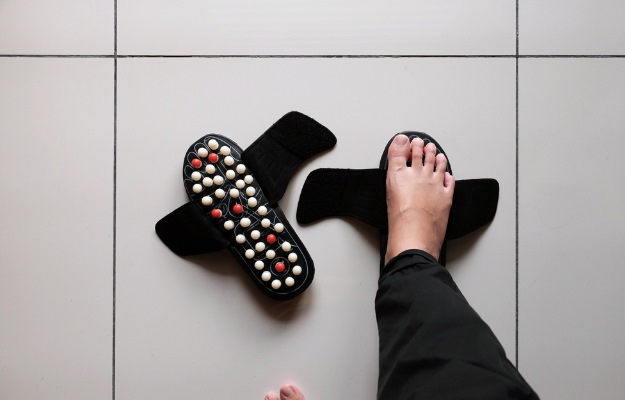Lithotripsy literally translates to ‘breaking of stones’. It is a medical procedure that is typically non-invasive and is used to break stones in the gallbladder or kidneys with ultrasonic or laser energy. Bezoars can be treated this way as well. Lithotripsy is most commonly used to treat large kidney stones (greater than 5 millimetres in dimension) that cannot be passed in the urine with increased fluid intake. Newer applications of lithotripsy, like that as second-line treatment of soft tissue injuries, are also available today. Many other stones in the body can be treated with lithotripsy.
New Year Bumper Sale @ Rs. 1
X

- हिं - हिंदी
- En - English
- Treatment
-
- Skin Issues
- Acne
- Fungal Infection
-
- Hair Problems
- Hair Growth
- Hair Dandruff
- Self-Analysis
-
- Chronic Diseases
- Diabetes
- Heart Care
- Weight Loss
- Sleep Support
- Liver Care
- Stress & Anxiety
- Our Brands
- Doctor Consultation
- Medicine A-Z
-
Health A-Z
-
- Treatments
- Home Remedies
- Herbs
- Surgery
- Lab Test
- Therapy
- First Aid
- Ayurveda
- Homeopathy
-
- Yoga And Fitness
- Fitness
- Yoga
- Weight Loss
- Weight Gain
-
- Other Topics
- Baby Names
- Beauty
- Healthy Foods
- Tips
- Health News
- Pet Health
- Men Health
- Medical Cannabis
- Login / Sign Up





































